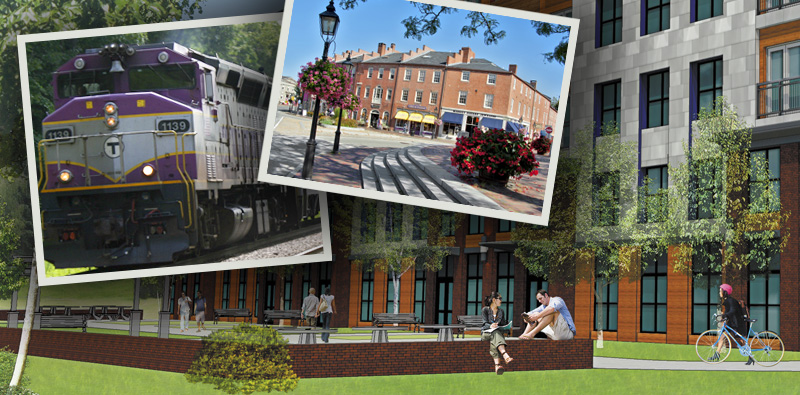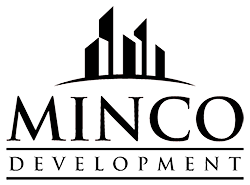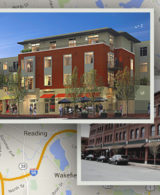How Newburyport stands to benefit from a Smart Growth District

The approval of a Smart Growth Zoning Overlay District comes with a myriad of benefits for Newburyport. Enacted in 2004 to promote the development of compact, walkable, mixed-use, transit-oriented neighborhoods, Massachusetts 40R Smart Growth Zoning has been adopted by more than 30 communities across the Commonwealth.
Indeed, Smart Growth offers a solution to a number of issues that otherwise would threaten the economic vitality of many communities and result in unmanageable urban sprawl, according to Andre Leroux, executive director of the Massachusetts Smart Growth Alliance, an advocacy group for healthy and diverse communities.
Rather than let new developments chew up open space and build strip malls only accessible by car, Leroux says communities need to reevaluate how they should respond to the projected staggering demand for housing – 400,000 units are needed in Greater Boston within the next 20 years – in order to avoid the mistakes of the past.
“By being proactive, cities and towns can put themselves in a much better economic position in the future,” Leroux says.
The state Executive Office of Housing and Economic Development will soon review the City of Newburyport’s application to establish a Smart Growth District around the MBTA Rail Station in accordance with goals spelled out in the 2014 Master Plan. Pending the review, a public hearing will take place in May followed by a final City Council vote in early June.
City Council approval is required for MINCO to move forward with One Boston Way, a proposed Smart Growth development of 80 apartments and 3,500 square feet of office and live-work units designed to revitalize an underutilized parking lot off Parker Street near the train station. The proposal also secures 9 acres of open space.
So why does Leroux think Smart Growth should be the answer to, in his words, “the perfect storm” of challenges that communities must tackle? Consider what the establishment of a Smart Growth District would mean to Newburyport:
- Smart Growth increases housing options by providing 1, 2, and 3 bedroom rental units, which, in turn, promotes diversity in the population. As the price of real estate keeps rising in Newburyport, a growing number of rentals are being converted into single family homes or condominiums, making it difficult for particularly empty nesters and young professionals to move here. An increase in rental units also allow older residents, who want to downsize but not necessarily buy a new home, to stay in the community. As they move, the supply of homes for sale also rises.
- Smart Growth provides affordable housing for people who are increasingly priced out of the market. Twenty-five percent of the units at One Boston Way would be designated affordable, meaning they would be reserved for individuals or families who make less than 80 percent of the area-wide median income of $98,500. However – and this is important – all 80 units – even those priced at market rate – would by nature of being rentals count toward Newburyport’s stock of affordable housing which currently amounts to 7.6 percent. This leads us to the next advantage:
- Smart Growth raises the percentage of affordable housing from 7.6 to 8.5 percent, bringing Newburyport closer to the state’s goal of 10 percent. Municipalities that meet the 10 percent threshold automatically gain more control over further additions of affordable housing developments.
- Smart Growth helps Newburyport capitalize on a demographic shift in housing preferences by reinforcing the city’s reputation as a walkable and accessible community. Both older and younger generations – Baby Boomers and Millennials – no longer desire to own several acres of land but want exactly what a city like Newburyport has to offer, according to Leroux. But without available rental units, Newburyport could miss out on attracting younger working professionals as well as providing housing for residents who seek to downsize.
- Smart Growth lets the city maintain control not only over the location of the development, but also its design to ensure the new homes complement existing structures and tie into the overall housing plan of the community. The city can, for example, set design standards for the scale and proportions of the building, width and grade of streets and sidewalks, the protection of natural site features, the location and design of on-site open spaces, and much more.
- Smart Growth provides direct cash payments to cities and towns that create zoning overlay districts that meet all the requirements of the statute. The approval of a 40R overlay district means the city qualifies for incentive payments of up to $600,000 in addition to a density bonus of $3,000 per unit. The payments come with no strings attached, enabling the municipality to allocate the money as it sees fit.
- Smart Growth promotes the creation of live/work space, which is increasingly popular in urban areas of eastern Massachusetts among, for example, accountants, lawyers, and salespeople. A portion of the first floor of One Boston Way will be devoted to shared office space modeled after the concepts of the Cambridge Innovation Center and WeWork that bring together innovative professionals from a range of industries.
- Smart Growth increases the tax base, which, in the words of Planning Board Chairman Jim McCarthy, means the city can “take the fixed costs and spread it out over more people.” Since 40R allows increased densities for condominiums and apartments while also promoting development in proximity to transit hubs and major arteries, Newburyport gains taxpayers without a significant impact on the local infrastructure.
- Smart Growth covers the cost of educating any school-age children who move into a 40R district in accordance with another statute, Chapter 40S. If the municipality comes out in the red, the state makes up the difference.
The list goes on and on. And let’s not forget about the creation of job opportunities for contractors, subcontractors, tradespeople, lenders, insurance and real estate agents as well as management positions for the upkeep of the property.
One Boston Way would jump start the revitalization of an area that for more than a decade has been identified as an ideal location for Smart Growth. As Leroux points out, Newburyport is a shining example of a community where shops, restaurants, and recreational opportunities lie within walking distance. A Smart Growth District would continue that tradition while leveraging the changes in the real estate market.



